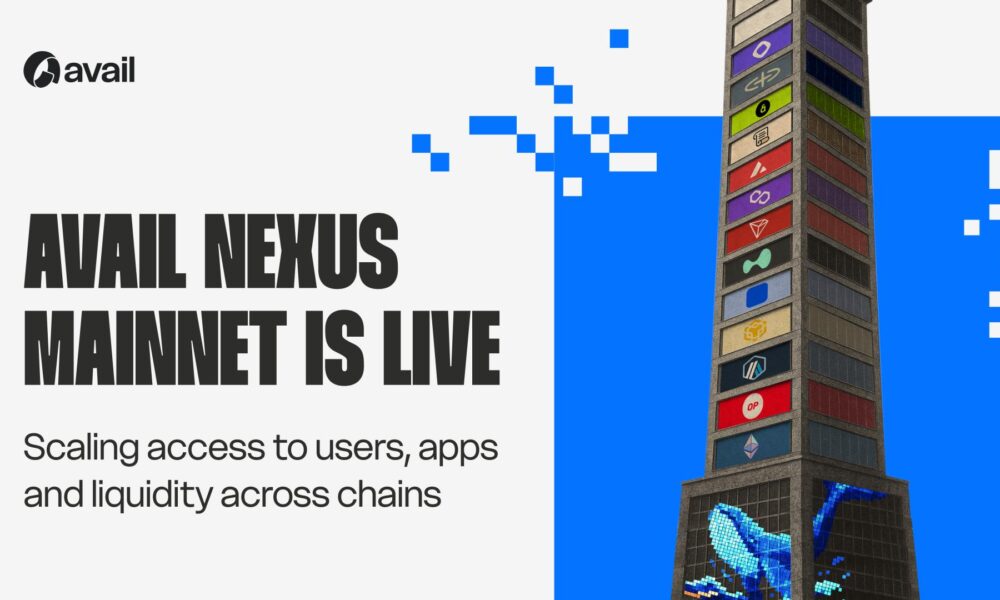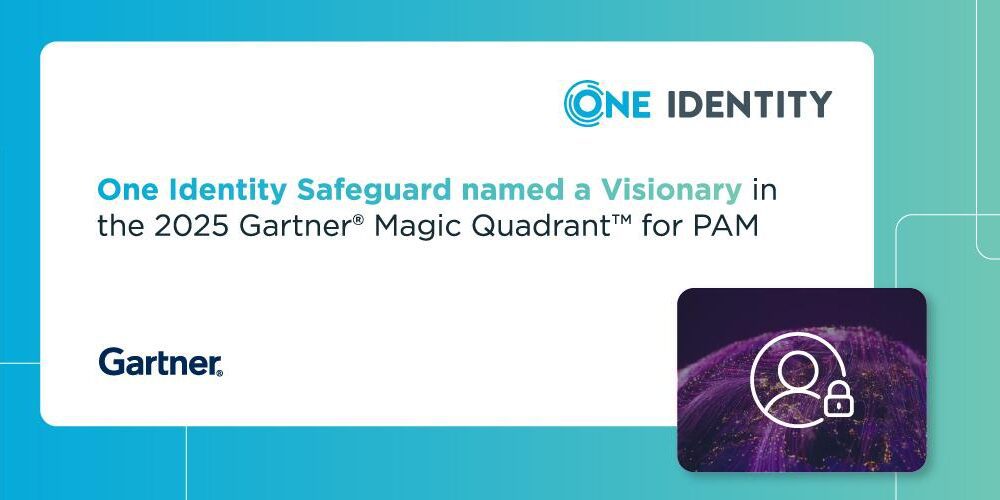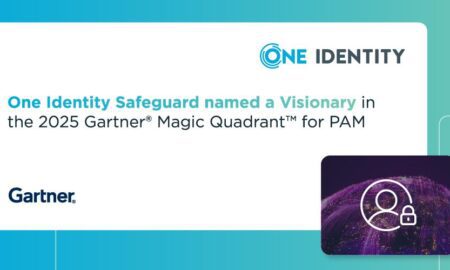The steady transformation of technology has transformed how businesses operate, and Vehicle-to-Vehicle (V2V) communications is no exception. As V2V technology advances, companies in this space face the challenge of scaling efficiently. This is where fintech (financial technology) comes into play. By integrating fintech solutions, V2V communications businesses can streamline payments, enhance security, and improve customer experiences—ultimately driving growth.
The Growing Importance of V2V Communications
Vehicle-to-Vehicle (V2V) communication enables cars to exchange data in real-time, improving road safety, traffic efficiency, and autonomous driving capabilities. As smart cities and connected vehicles become more prevalent, the demand for seamless V2V technology is skyrocketing.
However, scaling a V2V communications business isn’t just about improving technology—it also requires robust financial infrastructure. Traditional payment systems often lack the speed and flexibility needed for modern V2V services. This is where fintech bridges the gap, offering scalable, secure, and efficient financial solutions.
How Fintech Supports V2V Communications Businesses
Fintech provides innovative tools that help V2V companies overcome financial and operational hurdles. Below are key ways fintech drives scalability:
Enabling Seamless Micropayments
V2V communications often involve small, frequent transactions—such as toll payments, charging station fees, or data-sharing rewards. Traditional banking systems struggle with high transaction costs and delays.
Fintech solutions, like blockchain-based payments and digital wallets, facilitate instant micropayments with minimal fees. This ensures smooth transactions between vehicles, service providers, and users, enhancing the overall ecosystem.
Enhancing Security with Blockchain
Cybersecurity is a major concern in V2V communications. Hackers can intercept data or manipulate transactions, leading to fraud. Fintech leverages blockchain technology to create tamper-proof transaction records.
By using decentralized ledgers, V2V businesses can secure payments, verify identities, and prevent unauthorized access. This builds trust among users and encourages wider adoption.
Improving Subscription and Usage-Based Models
Many V2V services operate on subscription or pay-per-use models. Managing recurring payments manually is inefficient and prone to errors.
Fintech platforms automate billing, invoicing, and subscription management. With AI-driven analytics, companies can also personalize pricing plans based on user behavior, increasing customer retention.
Facilitating Cross-Border Transactions
V2V technology is expanding globally, but cross-border payments remain slow and expensive. Fintech solutions like stablecoins and digital currencies eliminate currency conversion hassles.
By integrating global payment gateways, V2V businesses can serve international markets effortlessly, accelerating growth.
Key Fintech Innovations for V2V Businesses
To stay competitive, V2V communications companies must adopt cutting-edge fintech tools. Here are some of the most impactful innovations:
AI-Powered Fraud Detection
Artificial Intelligence (AI) analyzes transaction patterns to detect fraud in real-time. This reduces financial risks and ensures secure V2V transactions.
Smart Contracts for Automated Agreements
Smart contracts execute transactions automatically when predefined conditions are met. For example, a smart contract could release payment once a vehicle receives verified traffic data. This eliminates intermediaries, reducing costs and delays.
Embedded Finance for In-Vehicle Payments
Embedded finance allows drivers to make payments directly from their dashboards. Whether paying for parking, fuel, or roadside assistance, seamless in-car transactions enhance convenience.
Challenges and Solutions in Fintech Integration
While fintech offers immense benefits, V2V businesses must address certain challenges:
Regulatory Compliance
Financial regulations vary across regions. Companies must ensure their fintech solutions comply with local laws to avoid penalties. Partnering with fintech experts can help navigate these complexities.
Data Privacy Concerns
Handling sensitive financial and vehicle data requires strict privacy measures. Encryption and zero-trust security frameworks can safeguard user information.
User Adoption Barriers
Not all consumers trust digital payments. Educating users on fintech benefits and ensuring intuitive interfaces can boost adoption rates.
The Prospect of Fintech in V2V Communications
- As V2V technology evolves, fintech will play an even bigger role. Emerging trends include:
- Decentralized Finance (DeFi) for peer-to-peer transactions without intermediaries.
- Biometric Authentication (e.g., fingerprint or facial recognition) for secure in-vehicle payments.
- 5G-Powered Real-Time Payments, enabling instant transactions with ultra-low latency.
- By embracing these innovations, V2V communications businesses can achieve unprecedented scalability and efficiency.
Conclusion
Fintech is no longer optional for V2V communications businesses—it’s a necessity. From enabling micropayments to enhancing security and automating transactions, fintech solutions provide the financial backbone needed for growth.
Companies that integrate these technologies early will gain a competitive edge, streamline operations, and deliver superior user experiences. The future of V2V communications is intertwined with fintech, and those who leverage it wisely will lead the industry.



































